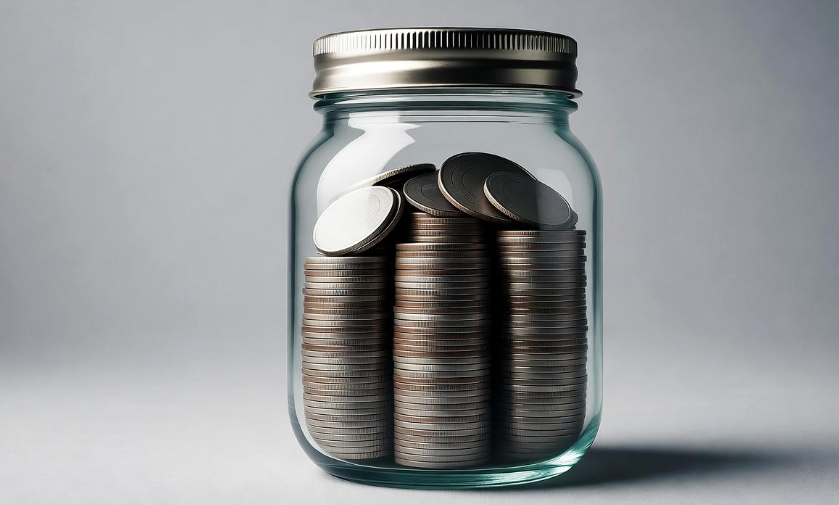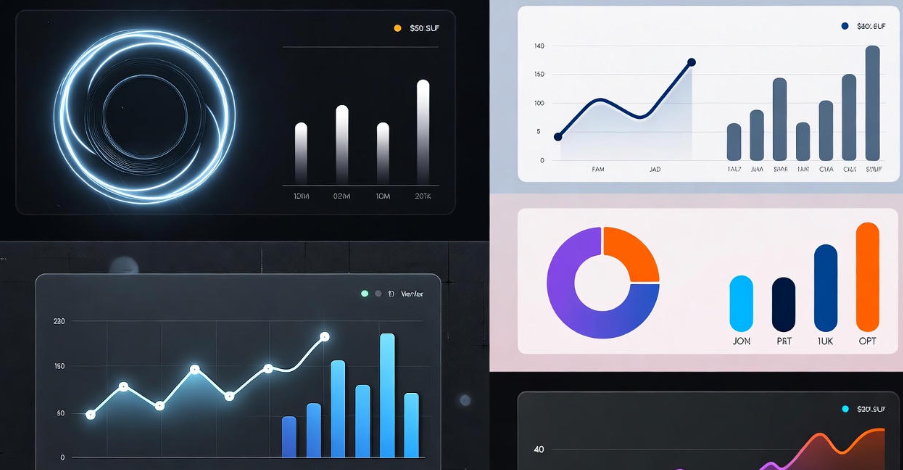Why You Need an Emergency Fund
Life is unpredictable . From car breakdowns to sudden medical bills or even unexpected job loss, emergencies don’t give warnings. That’s why having an emergency fund isn’t just smart—it’s necessary. Think of it as your financial safety net. It protects you from falling into debt when life throws curveballs.
How Much Should You Save?
Experts usually recommend saving 3 to 6 months of living expenses in your emergency fund. But the exact number depends on your lifestyle and responsibilities. If you have dependents or a variable income, aim for the higher side.
Here’s a simple table to guide you:
| Monthly Expenses | Suggested Fund Size (3-6 months) |
|---|---|
| $1,000 | $3,000 – $6,000 |
| $2,500 | $7,500 – $15,000 |
| $4,000 | $12,000 – $24,000 |
Start Small, But Start Now
You don’t need to save thousands overnight. Begin with small, consistent contributions. Even $10-$20 per week can add up over time. The key is consistency, not speed. Think of it like planting a tree —it grows slowly, but eventually, it provides shade.
Separate Your Emergency Fund from Regular Savings
A common mistake is mixing your emergency fund with daily savings. Keep it in a separate account—preferably a high-yield savings account. This helps prevent the temptation to spend it on non-urgent needs.
Automate Your Savings
Set up an automatic transfer from your main account to your emergency fund. Automation removes the guesswork and ensures your fund grows steadily. Treat it like paying a monthly bill—you won’t miss what you never see!
Cut Unnecessary Expenses
To fund your emergency stash faster, identify expenses you can reduce or eliminate. This could be subscription services you don’t use, dining out too often, or impulsive online shopping. Every dollar saved brings you closer to financial security.
Boost Your Income
Sometimes, cutting expenses isn’t enough. You can accelerate your emergency fund by finding additional income streams. Freelancing, part-time work, or selling unused items can give your fund a significant boost.
Prioritize High-Interest Debts First
If you have high-interest debts, like credit card balances, it’s often wise to pay those down while building a smaller emergency fund. The idea is to reduce interest costs while still having a basic safety net. A good rule is to save at least $1,000 as an initial emergency fund while tackling debts.
Use Windfalls Wisely
Bonuses, tax refunds, or monetary gifts are perfect opportunities to supercharge your emergency fund. Instead of spending them all, allocate a portion (or all) to your fund. You’ll reach your goal faster without feeling the pinch.
Keep It Liquid, But Accessible
Your emergency fund should be easy to access in a real emergency but not too tempting to dip into for minor purchases. Online savings accounts or money market accounts are ideal because they earn interest but are still accessible. Avoid tying it up in stocks or long-term investments—it defeats the purpose of quick access.
Track Your Progress
Visual progress motivates you. Use charts, apps, or even a simple notebook to track your savings. Seeing your fund grow week by week reinforces the habit and encourages you to keep going.
Replenish After Emergencies
If you ever need to use your emergency fund, make it a priority to rebuild it immediately. Don’t wait until “later” because emergencies can happen again—often when least expected.
FAQs About Emergency Funds
1. When should I start an emergency fund?
Start today, no matter how small your contribution. Even $5 a week begins the habit.
2. Can I invest my emergency fund?
Investing in stocks or long-term instruments isn’t recommended. Your fund must be liquid and safe, so stick to high-yield savings accounts or money market accounts.
3. Is it okay to borrow from my emergency fund for non-urgent needs?
No! Using it for non-urgent purposes defeats its purpose. Treat it like a sacred stash for emergencies only.
4. How long does it take to build a full emergency fund?
It depends on your income and monthly expenses. On average, consistently saving 10-20% of your income, it may take 6 months to 2 years.
5. Should I keep cash at home for emergencies?
A small cash stash (enough for a couple of days) is okay, but the majority should be in a secure, accessible account.
Tips to Stay Motivated While Building Your Fund
-
Celebrate milestones , like reaching 25%, 50%, or 75% of your target.
-
Remind yourself why you’re saving—think of the stress-free security it provides.
-
Pair saving with other financial goals, like reducing debt, for a double impact.

How to Build an Emergency Fund the Right Way
Common Mistakes to Avoid
-
Treating it like a secondary priority. Your emergency fund should be a top financial goal.
-
Setting an unrealistic goal and feeling discouraged. Break it into small, achievable steps.
-
Withdrawing for non-emergencies. Self-discipline is key.
Final Thoughts
Building an emergency fund might feel slow at first, but the peace of mind it provides is priceless. Start small, be consistent, automate your savings, and watch your financial safety net grow. Remember, it’s not just about the money—it’s about freedom, security, and stress-free living.




